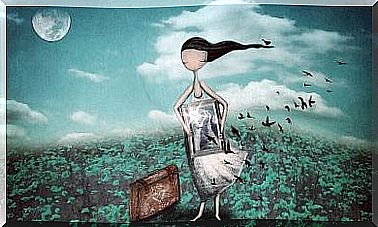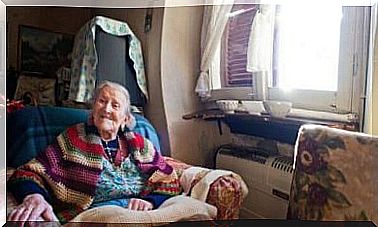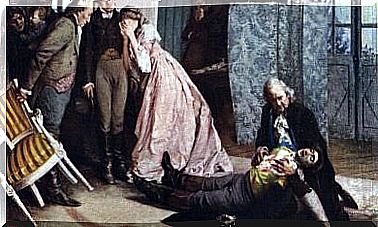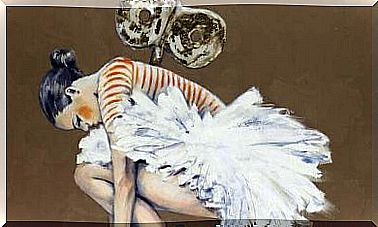The Jewish Girl Anne Frank: A Story Of True Willpower
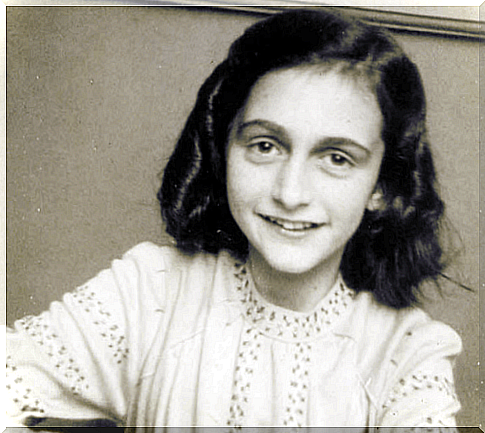
The Jewish girl Anne Frank always dreamed of becoming a journalist and later a famous writer. When she started writing her diary, she saw it as a future project. She thought she could publish it after the war, when everything had returned to normal. Tragically, it did not turn out as she had imagined. Her dream came true, but the sad thing was that she was not allowed to live to see this.
Many consider Anne Frank’s diary to be one of the most touching testimonies of all time. What makes it so special is its sincerity and the innocence with which it describes the horrors of war. Today it is one of the world’s most read books. It occupies a prominent place among UNESCO’s “World Heritage List”.
Anne Frank and her family had to hide in a small attic to escape Nazi hatred. The captivity lasted for just over two years and it was during this time that Anne wrote her diary. It is a charming depiction of the life of a girl who grows up surrounded by a horrific reality.
“So you can look at the sky without fear, you know that you have a pure interior and can find happiness again.”
-Anne Frank-
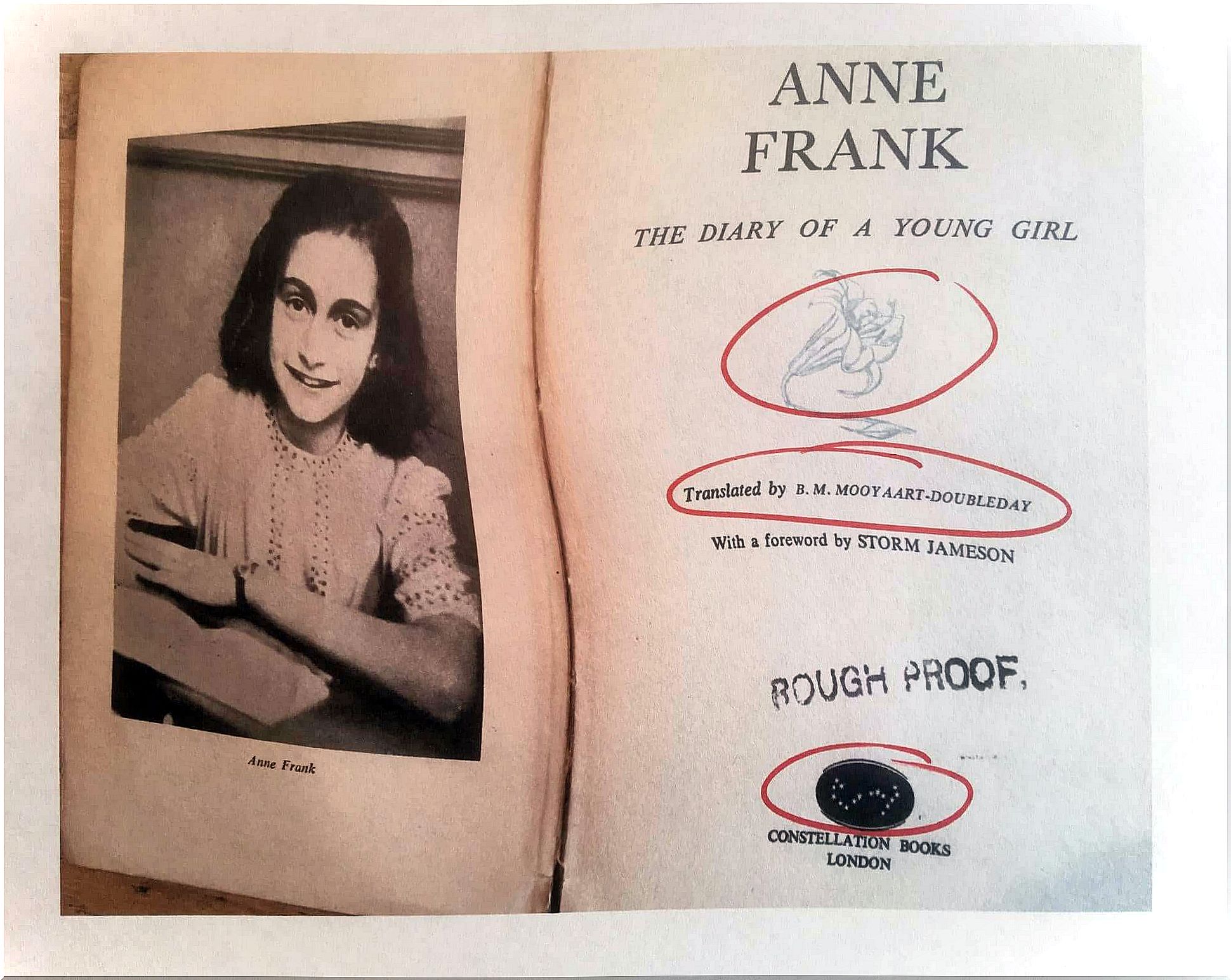
The Jewish girl Anne Frank and her short life
Anne Frank was born on June 12, 1929, in Frankfurt am Main, Germany. Her father, Otto Frank, served in the German army during the First World War. He was awarded the title of lieutenant, as well as an award for bravery: the Iron Cross. After the war he became a banker and in 1925 he married Edith Höllander.
The couple had two daughters: Margot, 1926, and, three years later, Anne. The family belonged to the traditional Jewish upper middle class.
When Hitler came to power in Germany in 1933, the persecution of Jews began. Due to this, the family decided to move to Amsterdam, the Netherlands.
In his new homeland, Otto Frank started a company that sold pectin and spices. Everything went well until 1942, when the Nazis invaded the Netherlands. In their usual cruel way, they began their hunt for Jews. The Dutch were the only Europeans who openly opposed this persecution, but their protests had little effect.
Escape from persecution
The situation for the Jews became increasingly tense. Otto Frank realized that the whole family was in great danger and that it was only a matter of time before they would be captured. So with the help of some work colleagues, he prepared a hiding place in the building where he had his company.
There was another building next to this, which was only separated by a courtyard. It consisted of three floors and on the top floor there was a maple door that led to an attic. Behind a shelf was a hidden entrance that led to a staircase, which in turn led to a small space with two small rooms and a bathroom.
Otto told his wife and older daughter about his plans, but Anne did not find out until it was time to go to the hiding place. This happened on July 9, 1942, three days after Margot, the older daughter, had been notified to report to the German authorities. This meant that she would be detained and deported.
Faced with this situation, Otto decided it was time for the family to go underground. They had to leave their homes when it got dark, wearing all the clothes they could get on, because it was very dangerous to be caught with suitcases. They left behind a messy house and a haphazard message indicating that they would flee to Switzerland.
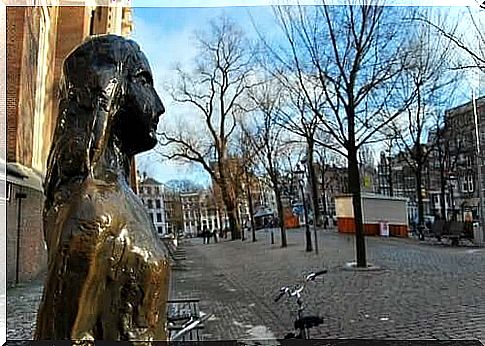
Life as hidden in the attic
For the next two years, the family lived in this shelter, where another small family and a dentist also sought refuge. A total of eight people shared the shelter. Anne Frank managed to describe each of them with incredible detail and skill and turned them into literary characters.
In her diary, she tells about all the characters and about the tensions they were faced with under these insecure living conditions. The refugees survived these two years thanks to the help they received from their Dutch friends, who provided them with food and informed them of what was going on. It was here that the Jewish girl Anne Frank had time to think about life and the world, and also describe how she fell in love.
The end came on August 4, 1944, when the family and the other refugees were discovered during a routine inspection carried out by Dutch Gestapo officials. The refugees were sent to a concentration camp and the Frank family separated in Auschwitz.
In the end, Anne was left alone with her sister and both were sent to the Bergen-Belsen concentration camp, where the two tragically died of typhus.
The only survivor was Otto, Anne Frank’s father. When he returned to the hiding place to search for clues about his family, he was informed by the Red Cross that everyone had died. It was then that they gave him Anne’s diary, about which he knew nothing.
As soon as he saw it, he understood that it would be a document of great historical significance. Two years later, he managed to get it published, and thus his daughter, who died at the age of 15, had her dream come true.

